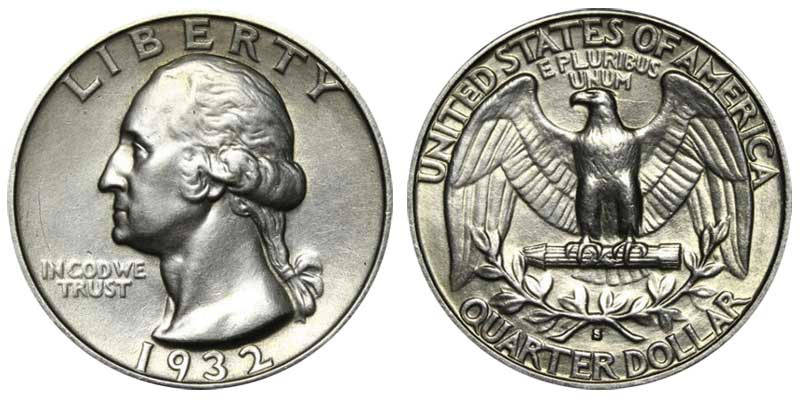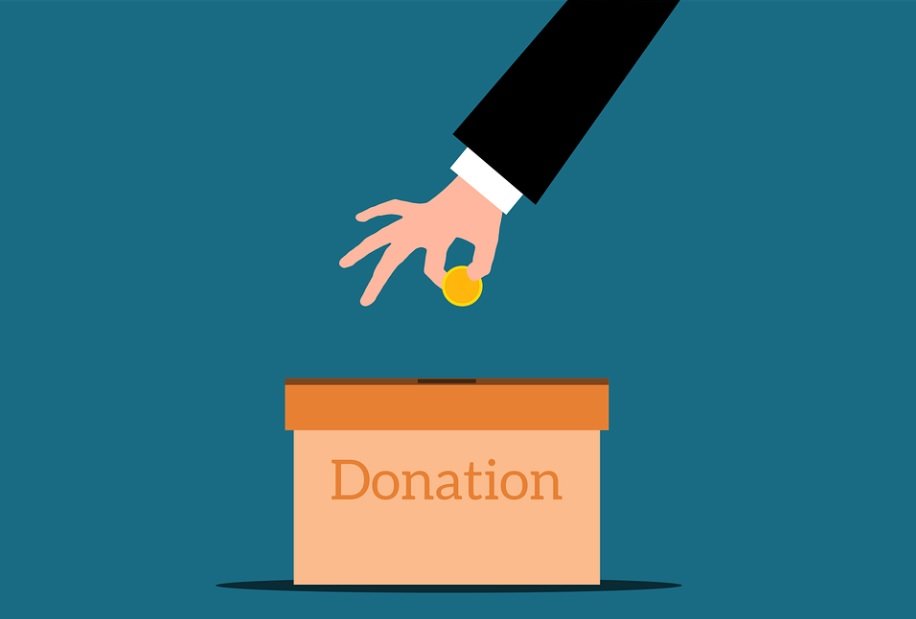In the thrilling world of rare coin collecting, few coins have reached the level of intrigue and value as the Bicentennial Quarter, a coin tied to American heritage and numismatic excellence. While millions of these coins were minted in 1975-1976, a select few have emerged as prized rarities worth millions of dollars. In fact, the 5 most expensive Bicentennial Quarters have reached values of up to $3.1 million each, making them some of the most desirable coins for collectors today. As of 2025, the top specimens have become iconic symbols of wealth and history in the coin collecting community.
What Makes Bicentennial Quarters So Valuable?
The Bicentennial Quarter, issued to celebrate the 200th anniversary of American independence, was no ordinary circulating coin. With its dual date (1776-1976) and its distinctive reverse design featuring a colonial drummer, this commemorative quarter was an instant hit with the American public. However, the true value in these coins lies in their rarity and minting anomalies, which elevate select examples into the multi-million-dollar range.
Not every Bicentennial Quarter is worth a fortune—most are still worth face value or a modest premium. However, certain coins stand out due to factors such as error types, mint mark anomalies, high-grade condition, and unique provenance. These elements work together to create rare pieces that fetch record-breaking prices at auctions.
Which Mint Errors Make These Quarters Worth Millions?
The rarest and most valuable Bicentennial Quarters often have mint errors that are highly sought after by collectors. These include:
- Doubled die errors, where key design elements like “LIBERTY” or “UNITED STATES OF AMERICA” appear doubled due to misalignment in the die-creation process.
- Missing mint marks, especially the San Francisco “No S” proof varieties, which were accidentally produced without their intended mint mark.
- Off-center strikes, where the design is struck outside of its intended placement.
- Clad layer errors, where the coin may be missing the copper-nickel outer layer, exposing the copper core.
- Wrong planchet errors, such as quarters struck on dime or foreign coin blanks.
When combined with high preservation grades (typically MS-67 or higher), these errors dramatically increase the coin’s market value.
How Important is Condition in Reaching $3.1 Million?
The grade or condition of a Bicentennial Quarter is one of the most decisive factors in determining its worth. Coins certified by PCGS or NGC as MS-68, MS-69, or MS-70 (mint state) are exceedingly rare and highly prized. The highest auction prices are usually reserved for coins with flawless surfaces, no contact marks, and original mint luster intact.
For example, a standard Bicentennial Quarter in average circulated condition may be worth between 25 cents to a few dollars, while a superb gem MS-67+ example with a major mint error can push the value into the hundreds of thousands or even millions.
What Sets These $3.1 Million Quarters Apart From the Rest?
The Bicentennial Quarters that have sold for $3.1 million or more possess a unique combination of attributes, such as:
- Flawless condition (MS-68 or higher)
- Doubled die obverse or reverse errors
- Rare missing mint mark varieties (No S proof)
- Special presentation strikes with unique finishes
- Documented historical provenance or connection to significant figures or events
In one notable sale, a proof silver Bicentennial Quarter missing the San Francisco “S” mint mark, certified as a PR-70 Deep Cameo, fetched over $3 million due to its unprecedented rarity and pristine condition.
Why Are Collectors and Investors Flocking to Bicentennial Quarters in 2025?
With the approaching 50th anniversary of the Bicentennial Quarter series in 2026, interest in these historic coins has surged. Coin collectors and investors alike are seeking high-grade and error-laden Bicentennial Quarters, driving demand and pushing auction prices higher.
The combination of cultural nostalgia, scarcity of top-grade examples, and the coin’s connection to a monumental event in U.S. history (the Bicentennial) make it a prime target for those looking to invest in physical assets with both historical significance and long-term value appreciation.
How Can You Identify a Rare Bicentennial Quarter Worth Millions?
To identify a potentially valuable Bicentennial Quarter, collectors should:
- Check for mint marks (Philadelphia no mint mark, Denver “D”, or San Francisco “S”)
- Inspect for doubling on key inscriptions such as “LIBERTY” or “E PLURIBUS UNUM”
- Look for proof-like surfaces on coins found in circulation
- Examine the coin’s edges and surfaces for signs of missing clad layers
- Seek out coins that appear off-center or with incomplete designs
Any coin suspected of being valuable should be submitted to professional grading services such as PCGS or NGC to verify its authenticity and determine its official grade, which greatly influences market value.
Are These Million-Dollar Quarters a Good Investment?
In the world of collectibles, Bicentennial Quarters have consistently shown strong market resilience. Their value tends to rise steadily over time, especially for the top-tier error varieties and perfectly preserved examples. As with all collectibles, coins offer diversification for investors looking to hedge against economic instability.
While not every Bicentennial Quarter will yield a million-dollar payday, these coins have proven themselves as historically significant assets with the potential for remarkable returns—especially when certified by a trusted grading authority and sold at major numismatic auctions.
For collectors and investors alike, the 2025 market continues to demonstrate that history, scarcity, and condition can turn an ordinary 25-cent coin into a $3.1 million treasure.













